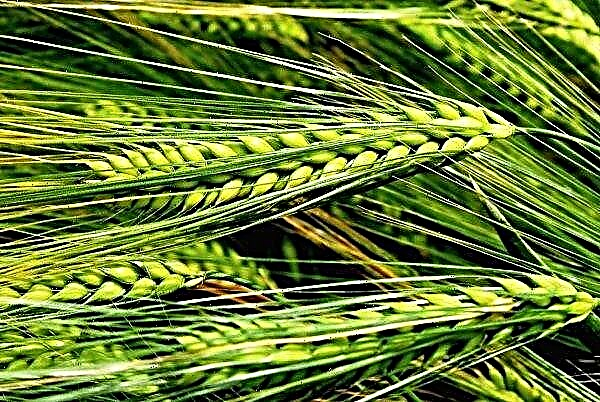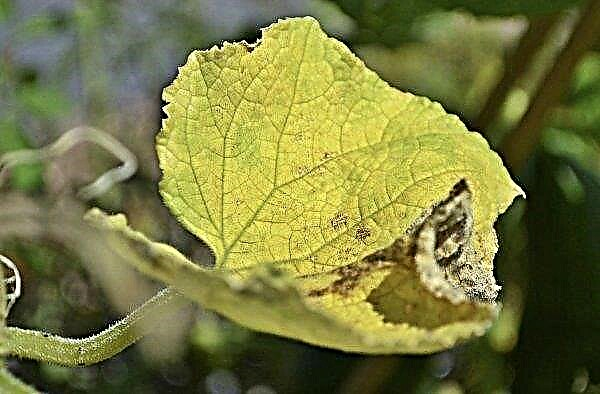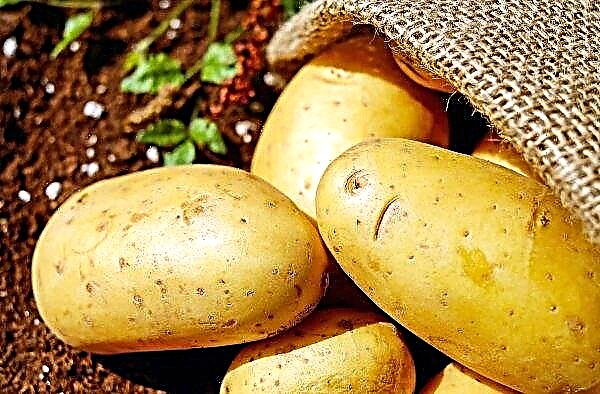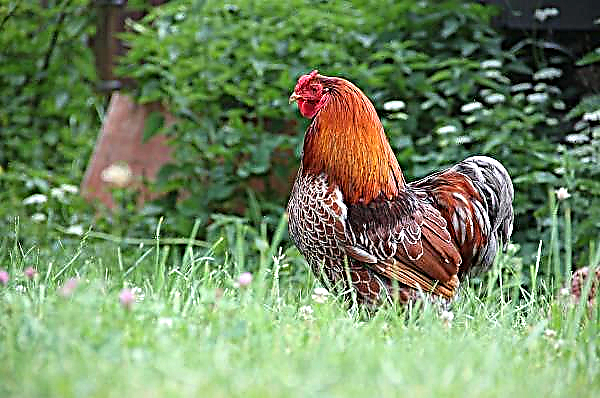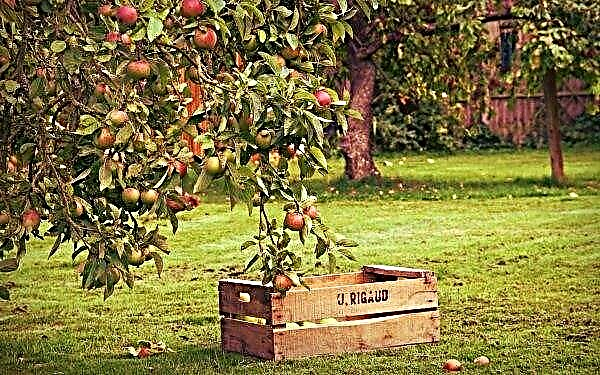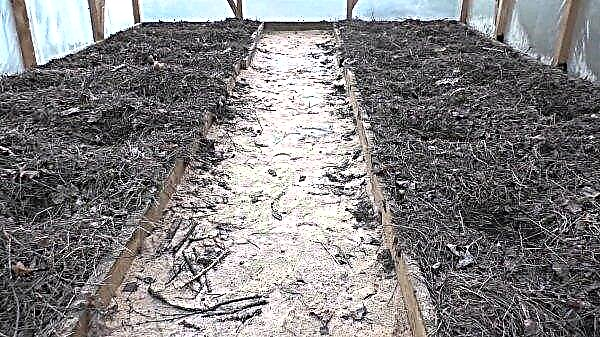Peonies are very prone to overgrowth, so if you do not transplant them for a long time, do not separate a part to free up space, then they will soon fill the entire flowerbed. The transplant process is quite easy, but there are some nuances that you still need to know about before proceeding to the event.

Best time to transplant
Experienced gardeners believe that the best time for a transplant is the end of summer - the beginning of autumn. It is during this period that the peony will adapt best to a new place and conditions, since then the load on the root system is already minimal. A flower can calmly tolerate the fact that it was dug out of the ground and planted in a new place.

In extreme cases, you can manipulate in the spring, although experts do not welcome such a decision. If there is such a need, then replanting is best immediately as soon as the snow has melted. You need to dig up the plant before the first reddish sprouts appear from the ground.
Preparing for the transplant process
Some varieties of peonies can reach up to 25 cm in flower diameter.
It is necessary to prepare the soil and the plant itself for the procedure of planting in a new place:
- fertilizer should be laid out in the landing pits a couple of days before the manipulation, dig the pits before this;
- plant in the same period is well watered.
Landing rules for each period
If there is a need to move the peony to a new place, then this can be done at any time of the year, while observing a certain technology.
In spring, the plant should be moved without dividing the bush. This is done along with a lump of land. However, it must be understood that the performed agrotechnical measure during this period can lead to the fact that the plant will not bloom. Suitable in spring is the period from the beginning to mid-April.

If the procedure is carried out in the summer, then you need to wait until the heat subsides, around the end of August. During this period, you can divide the bushes.
The best time for a transplant is autumn. In this case, the division of the root is a prerequisite.
Algorithm of actions when landing at a new place

The main task is to preserve the rhizome during transplantation. And in order for the procedure to be successful, you should adhere to the following recommendations:
- First you need to trim the leaves and leave only the stems up to 10 cm long.
- A couple of days before the procedure, the peony should be well watered to such an extent that the soil is well softened around it and it is easy to avoid damage to the roots.
- Dig holes for planting in new places, dig them up and lay out fertilizers.
- It is advisable to use a pitchfork for digging the bush itself, a shovel can damage the root system. The peony should be dug up to a distance of 25 cm around the bush, then loosen it a little with your hands and pull it out of the hole.
- After that, the excess earth needs to be cleared, and the root should be treated with a weak composition of potassium permanganate and water.
- Then divide the bush into several parts and plant it in previously prepared pits with top dressing.
In the 80s of the last century, the city of Luoyang in China began to hold a peony festival, which is annually attended by up to 20 million people, and this number of visitors is three times the number of residents of the city itself.
The procedure is very easy, if all the conditions are met, the plant will take root in a new place and will delight in abundant flowering over a long period of time. However, it is worth considering that if it is planned to propagate peony, it is preferable to still transplant in the fall.





